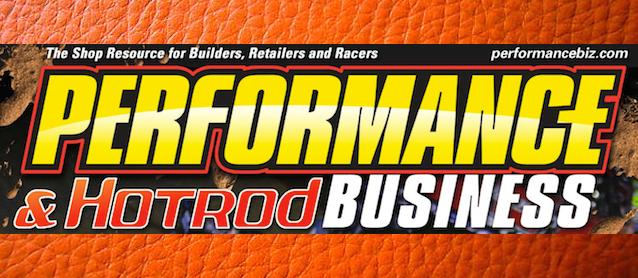Harry Weimann, former trimmer-turned-director of operations at WyoTech, is on a mission to turn new folks onto auto upholstery and help rookies and veterans brush up on their skills.
To do so, he’s publishing a series of articles in Performance & Hotrod Business magazine that strip the craft down to its basics. His latest installment, “Auto Upholstery 101.3,” picks up where last month’s article left off — examining the many different types of fabrics and materials used to trim car interiors.
The article sheds light on the various types of cloth, carpet, hides and skins that every professional trimmer should know inside and out. Below is an excerpt:
Top-grain leather does not mean that it is the best leather, but is a term given to a hide’s outer layer after it has been split. Split leather is the remainder of the leather once it has been split from the top grain. Split leather is used to make suede and has a velvety feel.
When we talk about leather quality, there are two different kinds: full-grain leather and corrected-grain leather. Full-grain is top-grain leather and is the best-quality top-grain leather. It is free from scars, brands and insect bites.
The last thing to bring up about leather is that leather is either surface-dyed or vat-dyed. Surface-dyed leather is just that; the color is on the surface. You will find that older vehicles had surface-dyed leather.
Vat-dyed leather is dyed completely through the hide. Hides used today are vat-dyed hides.
As you can see, Harry’s articles are packed with loads of helpful information that every trimmer should know. So be sure to assign them as “homework reading” to new employees and apprentices.
To read the full article, skip to page 60 in this digital copy of Performance & Hotrod Business magazine.

Recent Comments